Refine search
Actions for selected content:
19 results in The Cambridge Ancient History

The Cambridge Ancient History
-
- Published online:
- 28 March 2008
- Print publication:
- 24 November 1988

The Cambridge Ancient History
-
- Published online:
- 28 March 2008
- Print publication:
- 29 March 1990

The Cambridge Ancient History
-
- Published online:
- 28 March 2008
- Print publication:
- 12 October 2000
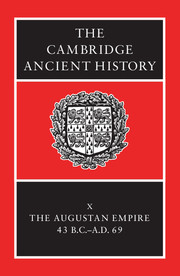
The Cambridge Ancient History
-
- Published online:
- 28 March 2008
- Print publication:
- 08 February 1996

The Cambridge Ancient History
-
- Published online:
- 28 March 2008
- Print publication:
- 07 December 1989

The Cambridge Ancient History
-
- Published online:
- 28 March 2008
- Print publication:
- 26 March 1992

The Cambridge Ancient History
-
- Published online:
- 28 March 2008
- Print publication:
- 02 December 1970

The Cambridge Ancient History
-
- Published online:
- 28 March 2008
- Print publication:
- 05 August 1982
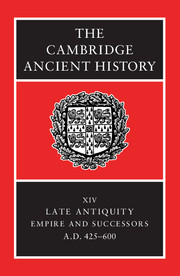
The Cambridge Ancient History
-
- Published online:
- 28 March 2008
- Print publication:
- 29 March 2001
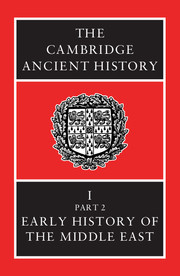
The Cambridge Ancient History
-
- Published online:
- 28 March 2008
- Print publication:
- 31 October 1971

The Cambridge Ancient History
-
- Published online:
- 28 March 2008
- Print publication:
- 08 September 2005
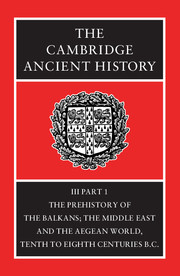
The Cambridge Ancient History
-
- Published online:
- 28 March 2008
- Print publication:
- 05 August 1982

The Cambridge Ancient History
-
- Published online:
- 28 March 2008
- Print publication:
- 11 December 1997
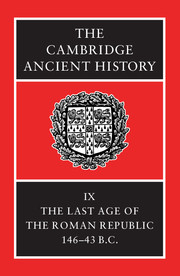
The Cambridge Ancient History
-
- Published online:
- 28 March 2008
- Print publication:
- 24 February 1994
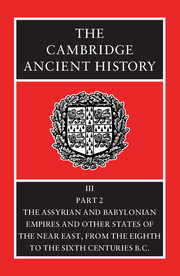
The Cambridge Ancient History
-
- Published online:
- 28 March 2008
- Print publication:
- 16 January 1992

The Cambridge Ancient History
-
- Published online:
- 28 March 2008
- Print publication:
- 03 May 1973

The Cambridge Ancient History
-
- Published online:
- 28 March 2008
- Print publication:
- 18 September 1975
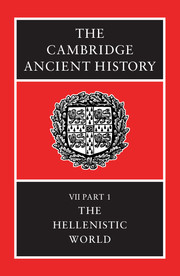
The Cambridge Ancient History
-
- Published online:
- 28 March 2008
- Print publication:
- 06 September 1984
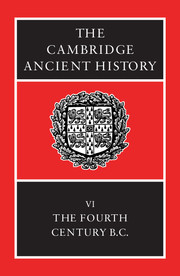
The Cambridge Ancient History
-
- Published online:
- 28 March 2008
- Print publication:
- 13 October 1994
